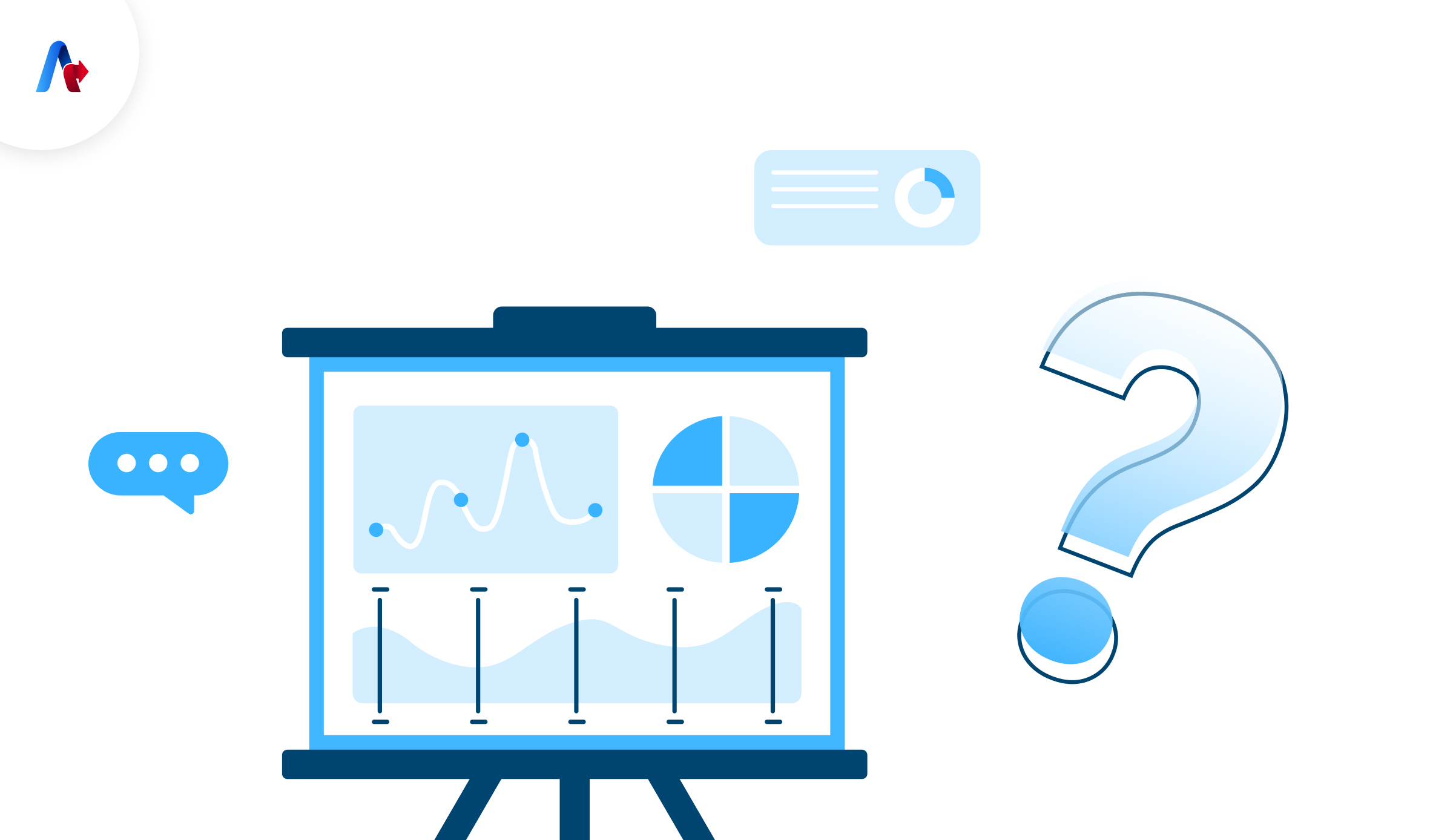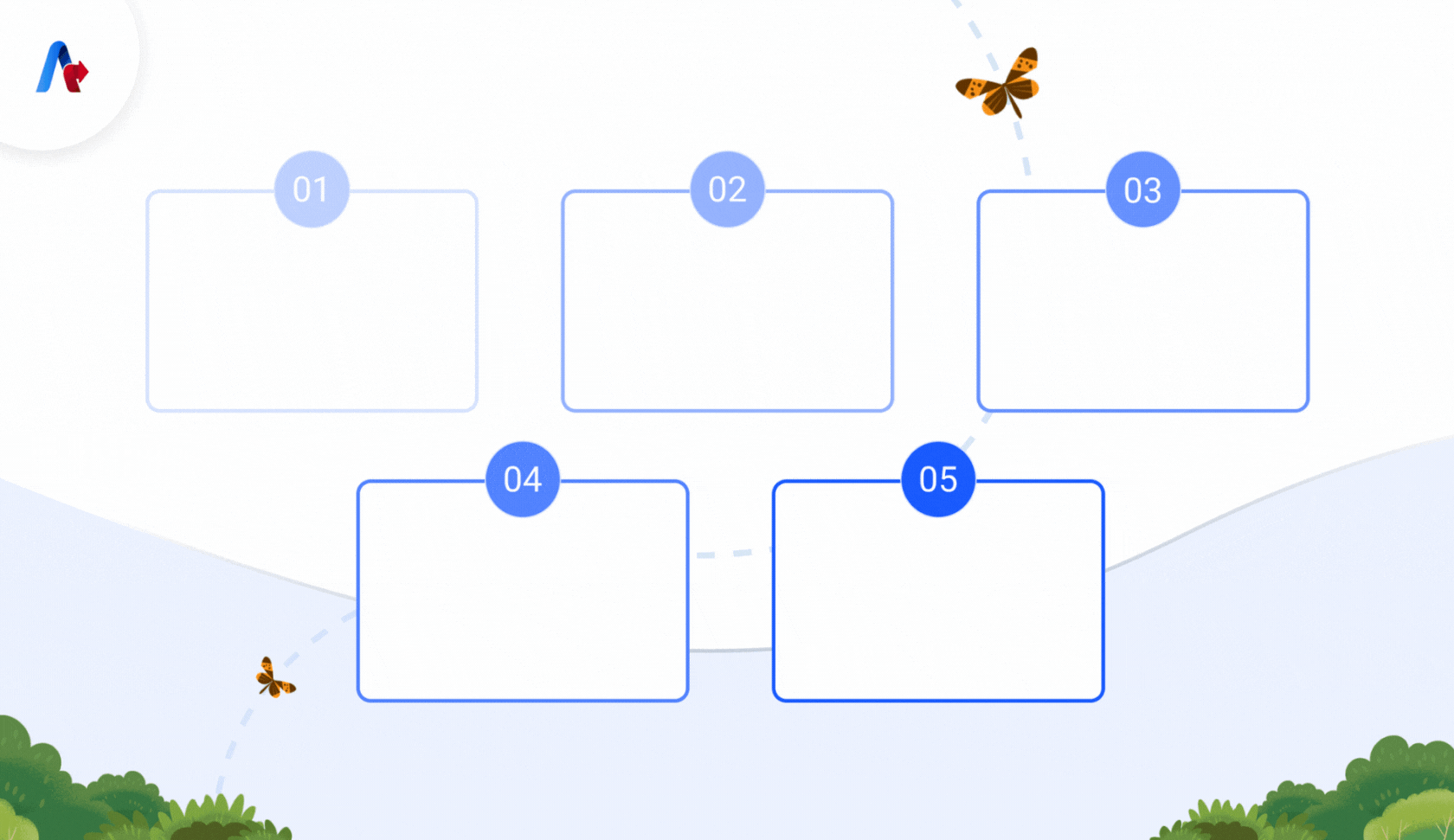Agentforce Analytics
BLOG
8 min read
What Is Agentforce Analytics? Salesforce’s Next-Gen Marketing Intelligence Platform
Quick Summary
Salesforce launched Marketing Intelligence in March 2025, a tool tailored to the evolving demands of modern marketing teams. Built on Agentforce, Data Cloud, and Tableau Next, it aims to eliminate data silos and guesswork in marketing attribution. Instead of relying on disconnected reporting tools, Agentforce analytics helps marketing, sales, and finance teams work from a single source of truth powered by AI, real-time data pipelines, and integrated orchestration.
In March 2025, Salesforce introduced Marketing Intelligence, a groundbreaking analytics platform designed for the Agentforce times. This tool redefines how marketers handle data, attribution, and return on marketing investment (ROMI), not just by enhancing visibility, but by fundamentally transforming the role of marketing intelligence across teams.
Built on the Salesforce Core Platform, and powered by Agentforce, Data Cloud, and Tableau Next, Marketing Intelligence goes far beyond dashboards. It aims to shift the focus from building Agentforce analytics reports to generating real-time, actionable insights using natural language, AI, and unified data pipelines.
This blog breaks down the key features, implementation context, and adoption challenges helping teams understand how to make the most of this new tool within the Salesforce ecosystem.
Why Was a New Analytics Tool Needed?
Marketing Intelligence is not a rebrand or an extension of existing tools like Tableau, CRM Analytics, or Marketing Cloud Intelligence. It’s an entirely new platform designed to solve a persistent challenge: unifying fragmented first-party and third-party data to deliver true end-to-end attribution

Key Problems It Solves:
- Data silos across ad platforms, CRM, and customer journey data
- Manual reporting processes and spreadsheet-based ROMI models
- Lack of real-time, AI-powered campaign optimization
- Complexity in ingestion and mapping of diverse marketing data sources
According to Salesforce’s State of Marketing Report 2024, marketers are now prioritizing pipeline visibility, integrated attribution, and efficiency—all of which Marketing Intelligence directly addresses.
Core Architecture of Salesforce’s Marketing Intelligence Platform
Marketing Intelligence is built on Salesforce core and Agentforce. Marketing Intelligence is deeply integrated into Salesforce’s infrastructure. Here's how each layer contributes:
- Hyperforce: Delivers scalable, cloud-native performance
- Data Cloud: Enables real-time data ingestion and unification
- Tableau Next: Provides next-gen visual dashboards with smarter filtering
- Agentforce: Drives autonomous, AI-powered orchestration with proactive insights
This architectural fusion allows users to surface insights directly within Salesforce, eliminating context switching and improving collaboration across marketing, sales, and finance teams.
What Are the Key Features of Marketing Intelligence Platform?
Salesforce’s Marketing Intelligence platform introduces several unique capabilities that go beyond standard dashboards or reporting tools. Rather than just showing what’s happening, it’s built to simplify ingestion, unify data, automate analysis, and enable one-click campaign actions all within the Salesforce ecosystem. Here’s a quick look at the standout features that make this platform purpose-built for modern, high-performance marketing teams.

1. Data Pipelines for Seamless Ingestion
Marketing Intelligence introduces Data Pipelines, a tailored ingestion framework that simplifies mapping and transformation of external marketing data. Unlike generic data integration tools, Data Pipelines are optimized for marketing data schemas, particularly campaign-based models (vs. Data Cloud’s individual-centric approach).
This significantly reduces the manual effort required to clean and normalize incoming data streams from ad platforms, web analytics, and offline channels.
2. Unified View: Paid Media Meets CRM
Using Total Connect, marketers can integrate data from platforms like Meta and Google Ads (with more connectors coming in FY26). These connectors automatically map data fields to Salesforce’s marketing data model and recommend templates for faster onboarding.
This means marketers can finally see campaign-to-revenue attribution in a unified view—connecting ad impressions to CRM-qualified leads and closed deals, all in one platform.
3. Agentforce-Powered Automation and Enrichment
Agentforce enables a completely new interface paradigm: analytics by conversation. Users can describe reporting requirements in natural language, and the system will:
- Build dashboards
- Generate performance summaries
- Suggest optimizations (e.g., pausing low-performing ads)
Additionally, Agentforce enriches incomplete datasets by applying generative AI to extrapolate missing attributes, harmonize naming conventions, and establish campaign taxonomies from unstructured data like UTM parameters.
4. Built-In Attribution and ROMI Models
Traditionally, building attribution models across multiple channels required stitching together siloed tools and custom SQL. Now, Marketing Intelligence offers out-of-the-box attribution and ROMI modeling by leveraging Salesforce CRM and Data Cloud signals.
With just a few configuration steps, marketers can understand:
- Multi-touch attribution paths
- Cost-to-revenue relationships
- Campaign performance across lifecycle stages
These models support both rule-based and predictive attribution, helping teams move from reporting to decision-making at scale.
5. From Insight to Action in One Click
Unlike previous dashboards that required marketers to switch platforms to act, Marketing Intelligence integrates ad orchestration capabilities directly into Salesforce. Marketers can:
- Adjust bids and budgets from within dashboards
- Pause or promote ad sets based on real-time performance
- Automate campaign changes via Agentforce rules
This tight coupling between insight generation and execution closes the gap that has historically plagued marketing ops teams.
Pricing and Adoption Considerations
Salesforce has confirmed that Marketing Intelligence will use a consumption-based pricing model, similar to Data Cloud. While flexible, this model raises concerns around cost spikes from high-volume data sources, such as Google Analytics or advertising event streams.
Salesforce is reportedly evaluating whether Data Pipelines will have separate consumption tiers to make the platform more economical. Current CRM Analytics and Marketing Cloud Intelligence users aren’t affected in the short term, but Salesforce has hinted at free trial SKUs and side-by-side deployment options for smooth transitions.
What This Means for the Broader Analytics Ecosystem?
Salesforce has emphasized that this is not a replacement for Tableau or CRM Analytics (yet), but rather a purpose-built tool for modern marketing teams that need speed, scale, and intelligence.
Whether Marketing Intelligence becomes the new standard in the Salesforce analytics stack depends on:
- How quickly enterprise users can adopt the platform without re-architecting data flows
- How accessible and affordable it remains for mid-market customers
- How well Agentforce continues to evolve in generating human-grade, autonomous insights
Quick Recap: What Makes Agentforce Analytics Different?
| Feature | What It Does | Why It Matters |
|---|---|---|
| Agentforce | Conversational, AI-driven analytics | No more manual reporting |
| Data Pipelines | Simplified ingestion for campaign data | Less time cleaning data |
| Total Connect | Connects ads to CRM automatically | End-to-end attribution |
| ROMI Modeling | Cost-to-revenue performance tracking | Optimized budget decisions |
| Actionable Insights | Change campaigns directly | Close the loop instantly |
Empowering Marketing Teams with Agentforce Analytics
Agentforce Analytics, embodied in Marketing Intelligence, represents a fundamental leap forward. It doesn't just help marketers see what happened; it helps them understand why it happened and what to do next all in one unified, AI-driven experience.
For organizations and teams seeking cross-channel visibility, automated recommendations, real-time campaign control and more integrated marketing decisions, this platform could simplify daily operations significantly. Talking to a trusted Salesforce Agentforce implementation partner can bring faster and effective results. Connect with us today!
Ready to simplify campaign attribution?
Talk to a Salesforce implementation partner todayFAQs
No. It's purpose-built for marketing teams, while Tableau/CRM Analytics serve broader audiences.
Agentforce is integrated into the experience, so it’s part of the platform’s core. No separate install needed.
Google Ads and Meta are supported. More connectors (e.g., GA4, LinkedIn, TikTok) are planned in FY26.
Agentforce Analytics moves beyond static dashboards by combining real-time data ingestion, AI-powered insights, and native orchestration in Salesforce. It allows you to analyze, act, and automate in one place without switching tools or writing SQL.
You can connect first-party and third-party sources such as Meta Ads, Google Ads, CRM data, web analytics platforms, and more. Additional pre-built connectors are expected in future Salesforce updates (FY26+).
Start by enabling Data Pipelines and connecting your marketing sources via Total Connect. You can then configure Agentforce to auto-generate insights, dashboards, and attribution models. A free trial SKU and side-by-side deployment options may also be available through Salesforce.


